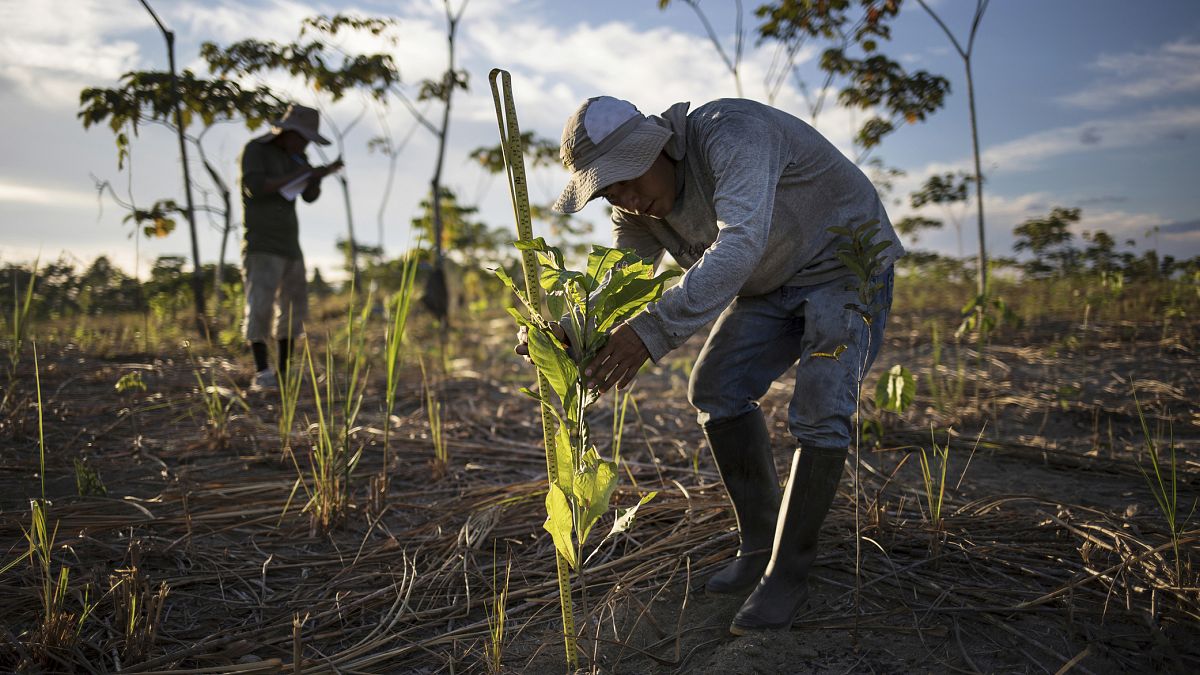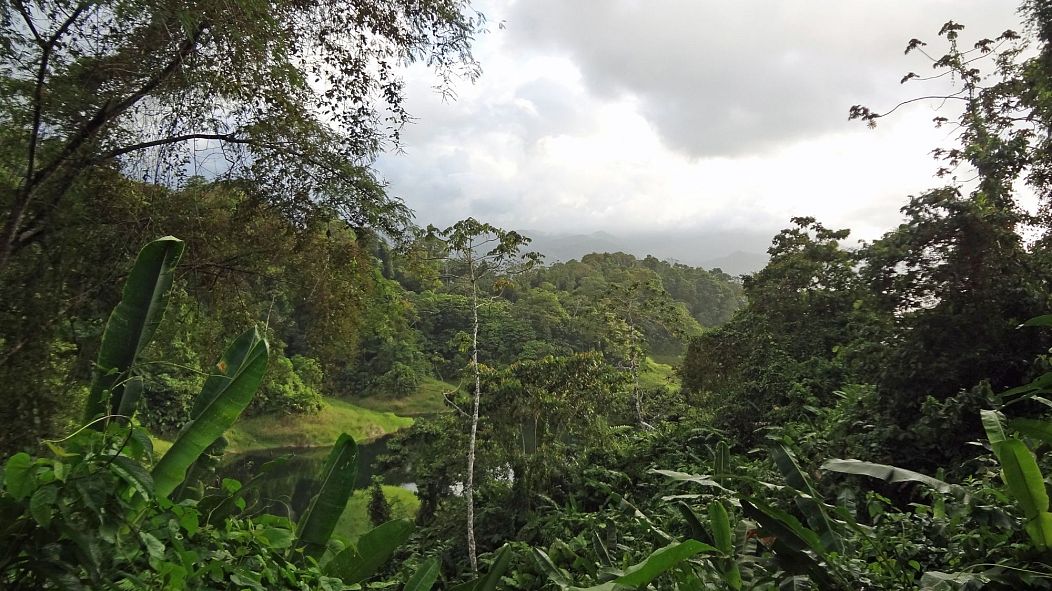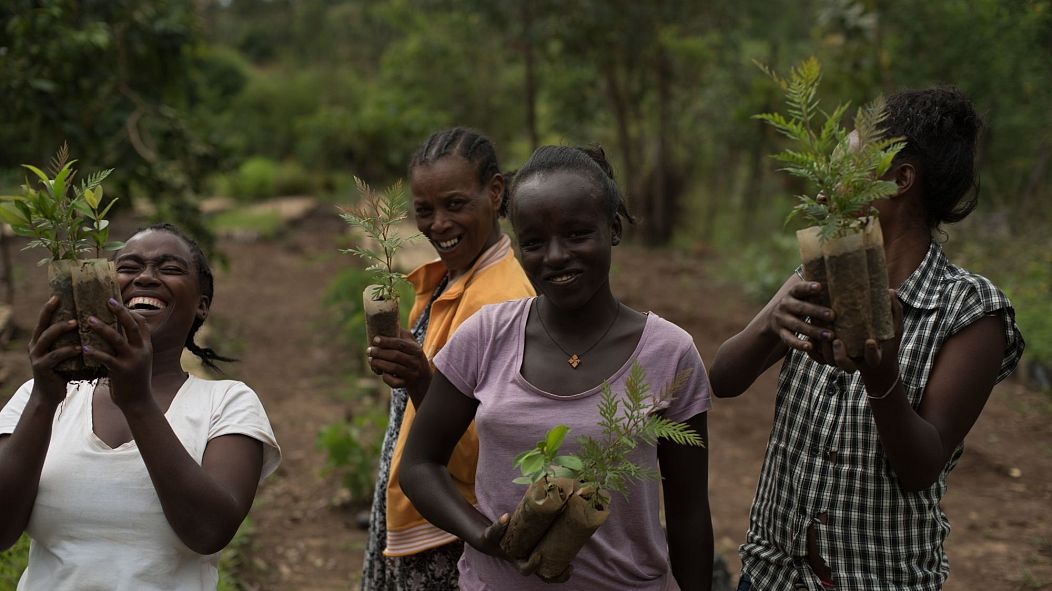As more companies use trees to lure in customers, Ariel Maldonado explains how to spot a greenwashing scam.
Environmental educator and founder of GoGreenSaveGreen Ariel Maldonado explores the complicated nature of tree-planting campaigns.
Climate change has evolved from a fringe issue to a mainstream one. As more reports of the causes and consequences of climate change are published, the more public anxiety grows.
Anxiety related to the climate change and its impact is known as eco-anxiety, and businesses have already found a way to exploit and profit from that anxiety.
Being 'green' and eco-conscious has now become trendy, and as a result companies around the world have tried to participate in the climate movement.
Climate change, like many issues, is not black or white. Good intentions do not outweigh negative consequences. In order to fight climate change we need all the effort we can get, however, we need well-researched solutions and not half-baked ideas.
Tree-planting isn't the 'easy fix' some claim
One of the most common ways business try to involve themselves in efforts against climate change is tree planting.
“Buy \____ and we will plant a tree for every purchase.” _
On the surface it sounds enticing, you can soothe your eco-anxiety and feel as though you are participating in the larger climate change movement.
Planting trees helps restore areas that have suffered deforestation, and trees help remove carbon from our atmosphere. You can buy your way into a better tomorrow and you barely have to lift a finger!
Except it doesn’t work that way. Tree planting initiatives are well-intentioned but injecting trees into capitalism will not help us solve the climate crisis.
To gain a better understanding of why tree planting initiatives can be problematic, you need to have a base understanding of how ecosystems work.
Protecting biodiversity is crucial
Ecosystems depend on biodiversity. Nature has worked for millions of years to create systems in which the participating animals and plants have mutually beneficial relationships.
However, removing one of the plants/animals - or adding one that did not exist prior - can throw the entire ecosystem off balance. Asian giant hornets (also known as murder hornets) and bees are a perfect example for this.
When murder hornets arrived in the United States from East Asia and Japan, they caused a lot of damage and destruction to existing bee populations. They had no natural predators to keep their growing numbers in check - and the bees, having never encountered this type of predator before, were unable to defend themselves. And when bees die, pollination can't occur, causing catastrophic consequences.
Similarly, most of us understand that deforestation has negative consequences. But we may not have given much (or any) thought on the impact of adding trees that don’t belong. Or the impact of monocrop forests.
Monocrop forests are when a singular tree has been planted repeatedly (such as palm trees for harvesting palm oil). The lack of biodiversity in these spaces can't support ecosystems.
How can you tell if a tree-planting project is doing good?
When seeing that a company participates in tree-planting initiatives, it is important to do a little bit of homework on their website.
The more information, the better. Including documentation (including documents, photographs, and videos) is even better.
Ask yourself if you can find answers to these questions on the companies site:
- Where are trees being planted?
- Are they being planted somewhere to help rebuild an area that has been impacted from deforestation?
- Who is planting the trees?
- Are employees within the company planting the trees?
- If employees are planting them, do they follow up with caring for the trees in the years to come? Or are they just placing saplings in the ground and never returning to care for them?
- If trees are being planted abroad - who is planting them?
- Are native and Indigenous communities involved in the process?
- How are trees being cared for after they are planted?
- What kind of trees are being planted?
- How are the species of trees that are planted being chosen?
- Are the tree species native to the environment they are being planted?
- How many different species of trees are being planted?
- Is there a healthy diversity of natural trees being planted that can properly sustain the previously existing eco systems?
It may seem like a large list but ultimately all of these questions comes down to: “Who are these trees benefiting?”
There are plenty of companies who are supporting or running great tree-planting initiatives. Both Ecosia, the environmentally conscious internet search engine, and Cariuma, a Brazilian shoe company are good examples.
When looking at their websites, potential users/costumers are able to see what kind of trees are being planted, where they are being planted, why they were chosen to be planted, how native communities are involved, and how they are building the necessary infrastructure to involve local communities.
It is important to remember that when restoring the environment, good intentions never weigh out negative consequences; restoring the environment takes time, planning, research and work.
If you want to soothe your eco-anxiety in a meaningful way, learning about the companies you support is an important first step.





